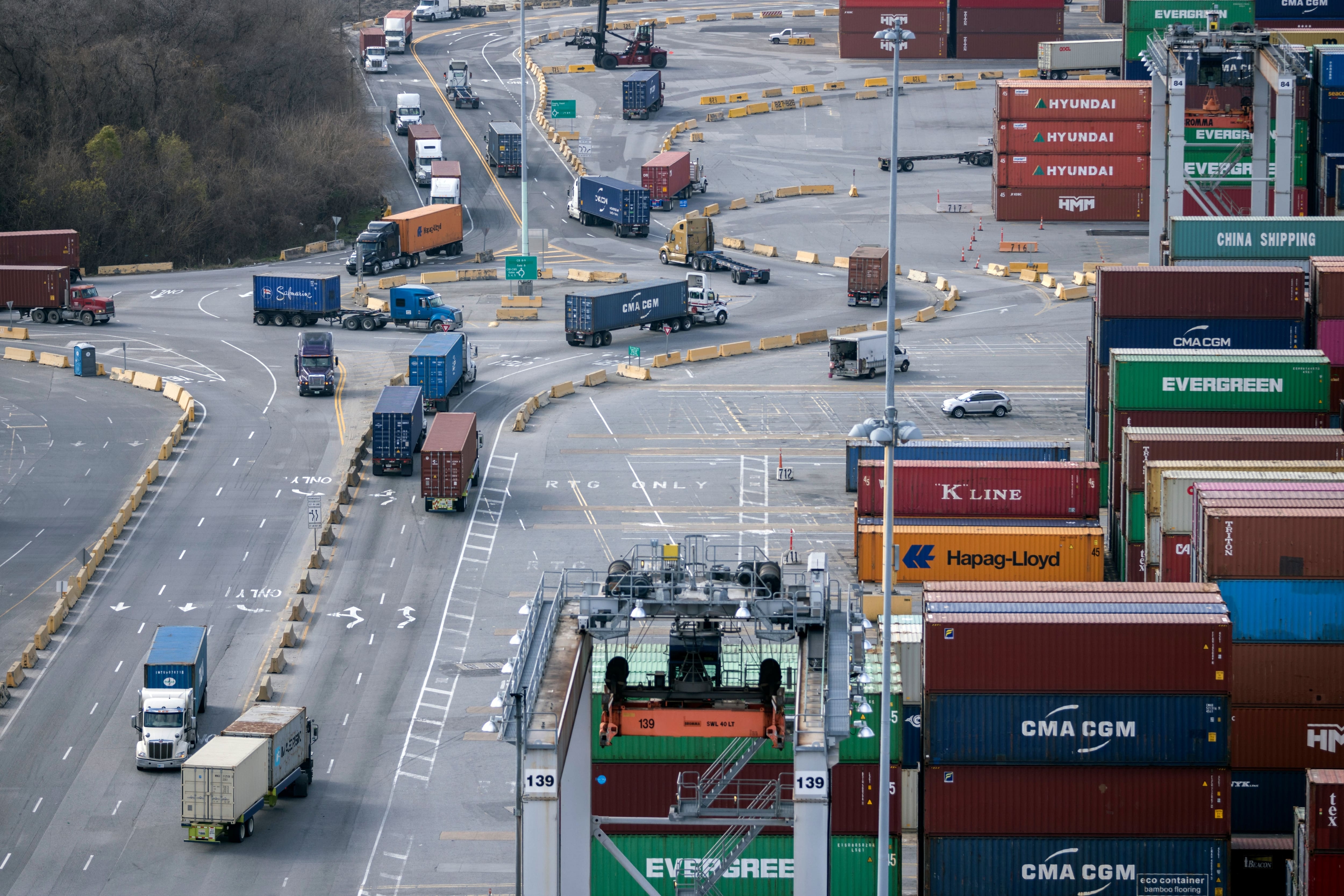The global Covid-19 pandemic has triggered the 'China Plus One' supply chain diversification strategy. This is creating opportunities for Indian players.

Can India benefit from China plus one strategy?
The China-U.S. trade war and the COVID-19 pandemic had led companies to diversify their supply chians outside of china. This has given rise to the "China plus one" strategy.
In addition, the shifting role of China's manufacturing sector in the global export value chain is opening up new opportunities for Indian firms.
"China's strategic change towards manufacturing of high-value goods from low-value goods is evident in both inter-sectoral such as the shift to capital goods from footwear, and intra-sectoral such as the shift to man-made fibres from home textiles or cotton apparel, and in the pharmaceutical sector, to formulations of active pharmaceutical ingredients (APIs)," said India Ratings and Research.
"These opportunities, as well as other factors like growing self-reliance and domestic and global demand, would be the primary drivers of higher capex requirements in several of these industries."
Why are companies leaving China?
Foreign technology firms have been pulling out or downsizing their operations in mainland China as a strict data privacy law specifying how companies collect and store data takes effect.
The Personal Information Protection Law, which went into effect in November 2021, establishes limits on how much information businesses can collect and how it must be handled. Companies must obtain consent from users before collecting, using, or sharing data, as well as give ways for consumers to opt out of data sharing.
Companies also must get permission to send users' personal information abroad.
For Western corporations working in China, the new regulation raises compliance costs and creates uncertainty. Companies that break the restrictions face fines of up to 50 million yuan ($7.8 million), or 5% of their annual revenue.
Chinese regulators have cracked down on technology companies, seeking to curb their influence and address complaints that some companies misuse data and engage in other tactics that hurt consumers' interests.
What is China Plus one?
China Plus One, or simply Plus One, is a business strategy for avoiding solely investing in China and instead diversifying into other nations. Western corporations have been investing in China over the past 20 years, attracted by the country's low production costs and large domestic consumer markets.
The rising cost of doing business in China has pushed up operating costs, particularly for manufacturers.
The advantages that China initially provided in terms of cheap labour and market demand have been increasingly overshadowed by the advantages that ASEAN countries can provide.
These advantages include cost control, as workers in Southeast Asian countries are generally less expensive than Chinese employees, risk diversification, and new market access into economies.
There is also a high level of risk for investors in the Chinese transitional economy, which can be attributed to social and political change.
Multinational corporations are looking at countries with stable governments, such as India, Vietnam, Indonesia, Malaysia, Thailand, the Philippines, and Bangladesh.
Countries such as Japan and the United States are part of the phenomenon, with businesses in these countries conceptualising the strategy as early as 2008.
However, the China Plus One strategy has it own share of difficulties, including navigating new laws, new markets, and streamlining the business over multiple locations.
During the China-U.S. trade war and the COVID-19 pandemic had led companies to diversify their supply chains outside of China. This has given rise to the "China plus one" strategy.
Opportunity for India
China was a world leader in several sectors, including home textiles and cotton apparel, until recently, but the changing dynamics of the global supply chain have resulted in a significant shift in its production strategy.
"Unlike India or Pakistan, China does not have an adequate supply of cotton yarn, which discourages some of its domestic giants from investing further in this sector. This scarcity, on the other hand, has increased Chinese manufacturers' interest in man-made fibres."
“In India, this opportunity could result in additional demand and, as a result, additional Capex to the tune of ₹120 billion over the next ten years.”
Similarly, Chinese majors are gradually shifting away from APIs and toward formulations.
"This opens up a huge opportunity for Indian players to replace imported players. During Covid-19, supply chain issues related to China gave this sector some impetus, with the government making encouraging gestures."
Furthermore, India is expected to move in both directions - APIs and complex drugs - in order to maintain its self-sufficiency.
"In addition, a new world of opportunities has opened up for India's footwear sector and a few South Asian players as Chinese competitors lost traction and began focusing elsewhere, driven by both low-value addition and wage pressures." India Ratings and Research stated.